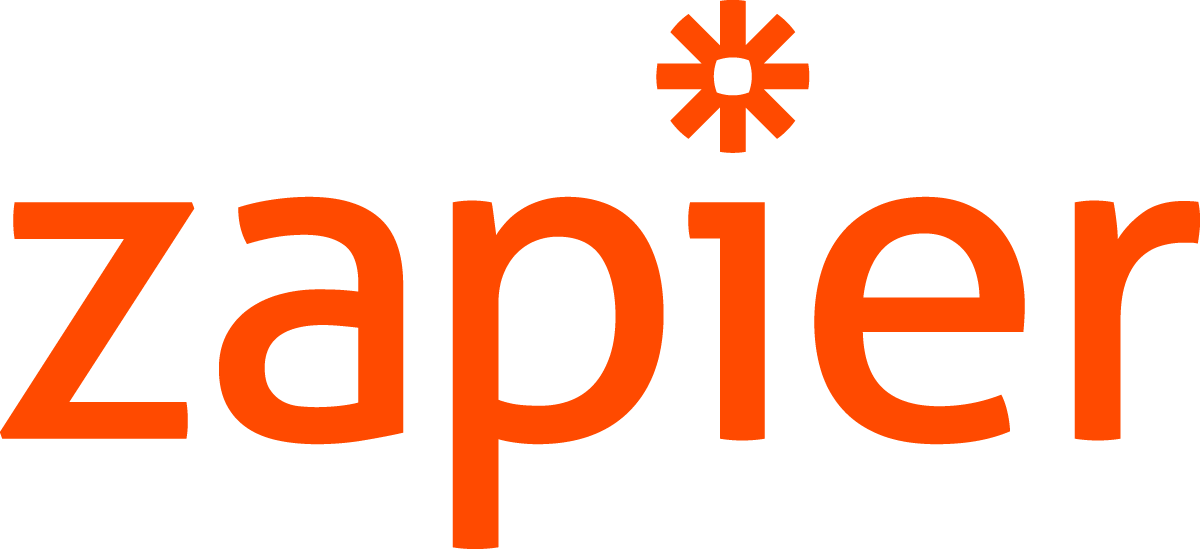
This service allows you to connect your MyCashflow online store to over 3000 external apps supported by Zapier without programming.
MyCashflow's Zapier App enables you to process the following online store contents:
- products
- orders
- customers
- newsletter subscribers
- changes to stock balance
Read more about Zapier on MyCashflow's website.
The service is available starting from the MyCashflow Advanced plan.
Pricing
There are free and paid Zapier plans available, all of which can be used in MyCashflow. Paid plans are invoiced by Zapier.
Installation and setup
Enabling Zapier involves the following stages:
- Creating a Zapier account
- Enabling MyCashflow API and creating API credentials
- Connecting your online store to Zapier
1/3 Creating a Zapier account
To use Zapier, you'll need a Zapier account, which you can create at https://zapier.com/sign-up/
You can use any Zapier plan and also switch plans at any point, if need be.
If you've used Zapier before, you can use your current credentials.
2/3 Creating API credentials
The Zapier extensions uses MyCashflow API to transfer data between apps, so enable the MyCashflow API extension, and create new API credentials to use with Zapier:
3/3 Connecting your online store to Zapier
Now that you have your Zapier account and MyCashflow API credentials ready, it's time to connect your online store to Zapier:
Your online store is now ready to be connected to other apps via Zapier.
Using Zapier
Once you've enabled Zapier and connected your online store to it, you can start creating Zaps – connections between the online store and other apps.
Zaps can be created via Zapier's website at https://zapier.com/webintent/create-zap
See also Zapier's instructions on how to create Zaps and MyCashflow's examples of the most commonly used Zaps.
Using Zap templates
MyCashflow's Zapier app includes numerous ready-to-use templates for the most common Zaps used in online stores.
For instance, you can enable with just one click a Zap that adds new newsletter subscribers to Mailchimp.
Zap templates can be found on the MyCashflow Zapier App page.
Check the actions and triggers included in the Zap template.
Whenever you enable a template, make sure to check its trigger settings and action contents. Make sure that all relevant fields contain the correct data.
Triggers and actions
Here you can learn more about the Zapier triggers and actions that are supported by the MyCashflow Zapier App.
Triggers
A trigger is an event that triggers a Zap. For instance, you can set a Zap to be triggered whenever a new order is placed in the online store or a new product is added. Below you can find a description of MyCashflow triggers.
- New Customer
- Uusi asiakas luodaan.
- New Product
- Uusi tuote luodaan.
- New Email Subscription/Unsubscription
- Uusi sähköpostiosoite lisätään sähköpostilistalle tai joku poistuu sähköpostilistalta.
- New Customer in Customer Group
- Asiakas lisätään asiakasryhmään.
- New Order
- Kauppaan tehdään tilaus.
- New Stock Change
- Varastosaldon muutos.
Actions and searches
Actions and searches are events that are performed when a trigger starts a Zap.
In MyCashflow's Zapier app, you can use actions that perform an action in MyCashflow (e.g. adding a new orderer to an email list) as well as searches that fetch contents that can be used by other apps' actions. Below you can find a list of MyCashflow's Actions.
- Create Email Subscriber
- Lisää sähköpostiosoitteen sähköpostilistalle.
- Remove Email Subscriber
- Poistaa sähköpostiosoitteen sähköpostilistalta.
- Register Order Shipment
- Rekisteröi lähetyksen (lisää tilaukselle osoitekortin ja mahdollisen seurantakoodin).
- Add Customer to Customer Group
- Lisää asiakkaan asiakasryhmään.
- Find Stock Item
- Etsii varastonimikkeen tuotenumeron perusteella.
- Find Product
- Etsii tuotteen ID:n perusteella.
- Find Email Subscriber
- Etsii uutiskirjeen tilaajan sähköpostiosoitteen perusteella.
- Find Order
- Etsii tilauksen ID:n perusteella.
Zapier usage examples
Here you can see the most common examples of how Zapier can be used in an online store.
Adding newsletter subscribers to Mailchimp
Mailchimp is a popular email marketing tool, for which there's no direct integration in MyCashflow. However, you can synchronize your online store's newsletter subscribers automatically with Mailchimp by using Zapier.
MyCashflow also has a direct integration with the Campaign Monitor email marketing tool.
Here's how to create a 2-step Zap that forwards each new newsletter subscriber to Mailchimp:
Now every new subscriber to your online store's newsletter is added to Mailchimp.
Adding new customers to a CRM system
You can use Zapier to synchronize your online store's customers with an external CRM system. The example below uses the Pipedrive app.
Now, for each order, it is checked whether the customer can be found in the CRM system and, if necessary, the customer details are added there.
Sharing new products on Facebook
With Zapier, you can automatically publish a Facebook post for every product you add to your online store.
In the future, an automatic post will be published on your company's Facebook page for each product you create, linking to the product in the online store.
Adding order processing tasks to Trello
With the Trello task manager, you can conveniently organize task related to processing your online store's orders between multiple employees.
This example shows how Trello cards can be created automatically based on orders placed in the online store.
In the future, a new card will be created in Trello for each order placed in the online store at the order processing stage you selected.






